U.S. Interstate Highway System needs severe improvements
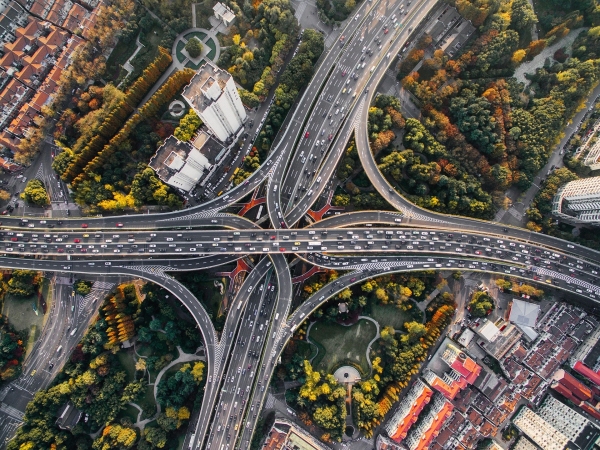
According to a new report, the U.S. Interstate Highway System needs overhaul in order to address its present drawbacks and adapt to the future technology such as automated and electric vehicles.
The study from the National Academies of Sciences, Engineering and Medicine, states that if the system does not prepare for the new challenges, there might be a hazard to become unsustainable. Extreme weather conditions and climate change could cause safety issues and increase the maintenance costs.
The system was introduced by President Dwight D. Eisenhower in 1956 to enable safe and efficient transportation across the States. Consisting 1% of public roads in the U.S., the interstates carry about 25% of vehicles and 50% of heavy trucks miles traveled. They are the safest roadways in the country, however, due to their heavy load, still 5,000 deaths are reported annually.
Some forthcoming changes are decided to be implemented by the committee of the system. Bridges, pavements and other infrastructure will be renovated in order to become safer and increase their capacity. The roadways must also adapt to country's growing population and new technologies that are introduced. New, faster construction methods, more durable construction materials and electronic systems are some advances that will improve the system's quality.
The committee suggested that an organization named Interstate Highway System Renewal and Modernization Program (RAMP) should be legislated so that the federal government would lead the operations, expand the funding while the states would be responsible for the construction and maintenance of the roadways. At the moment, $25 billion are required to preserve the highways network annually. The implementation of the new changes would demand $45-$70 billion per year. However, the committee states that these estimates might be low as they do not include the reconstruction of 15,000 interchanges and the system adaption to the effects of climate change.
Norman Augustine, former chairman and CEO of Lockheed Martin Corp. and chair of the committee stated: “The interstates have long been the backbone of our country’s transportation system, but most of them have exceeded their design lives and in many places are worn and overused. These aging interstates are highly congested oftentimes and in need of reconstruction. Furthermore, technological advances are offering new opportunities, but they may also undermine a principal source of income for the interstates, namely the tax on fuel. We recommend a course of action that is aggressive and ambitious, but by no means novel. Essentially, we need a reinvigoration of the federal and state partnership that produced the Interstate Highway System in the first place.”
Source: Nationalacademies.org
Source: Nationalacademies.org
Want to read more like this story?

Congestion pricing: A new strategy to alleviate traffic
Aug, 12, 2019 | NewsAccording to a new report issued by the National League of Cities (NLC), an advocacy organ...
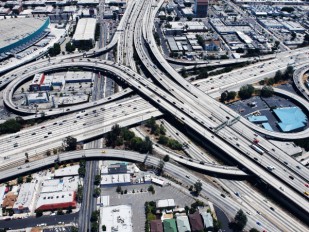
Plan for $760 billion investment in U.S. infrastructure
Jan, 29, 2020 | NewsA 5-year plan to invest $760 billion in United States infrastructure was revealed on January 29...
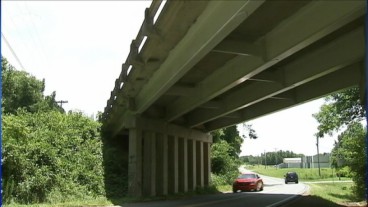
U.S. DOT survey reveals: 61,000 bridges in need of structural repairs
Apr, 07, 2015 | NewsA recently released study by the U.S. Department of Transportation (U.S. DOT) National Bridge Invent...

Dust storm causes more than 70 vehicle pileup on Illinois’ interstate 55
May, 01, 2023 | NewsA dust storm caused more than 70 vehicles to pile-up interstate 55, north of Farmersville around 11...

Climate change brings new challenges in road surfaces
Jul, 24, 2019 | NewsAccording to a new study, the thickness of asphalt layers should increase by 7% to 32% in order...
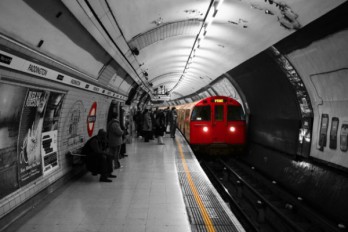
Regenerative Braking
Oct, 06, 2015 | NewsSome hybrid and electric cars are equipped with a brake system that collects thermal energy generate...
Seismic isolation: engineers launch a new building system to protect houses in an earthquake
Oct, 25, 2022 | NewsA University of Canterbury team, led by Civil and Natural Resources Engineering Professor Tim Sulli...
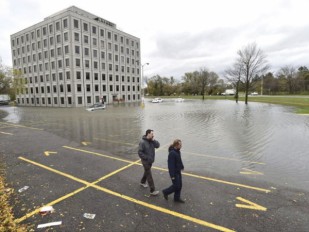
Canada changes its building code to tackle climate change
Apr, 15, 2019 | NewsCanada's building code is heading towards environmental sustainability. The new regulations will be...

Portland Bridge Tests Ambient Lighting System
Oct, 21, 2014 | NewsThe new Tilikum Crossing Bridge in Portland, Oregon began testing its new ambient lighting system la...
Trending

Vertical gardens in Mexico City to combat pollution

Saudi Park Closed After 360 Big Pendulum Ride Crashes to Ground, 23 injured

Characteristics of Load Bearing Masonry Construction

Taipei 101’s impressive tuned mass damper

Dutch greenhouses have revolutionized modern farming

Federal court rules Biden’s offshore drilling ban unlawful


